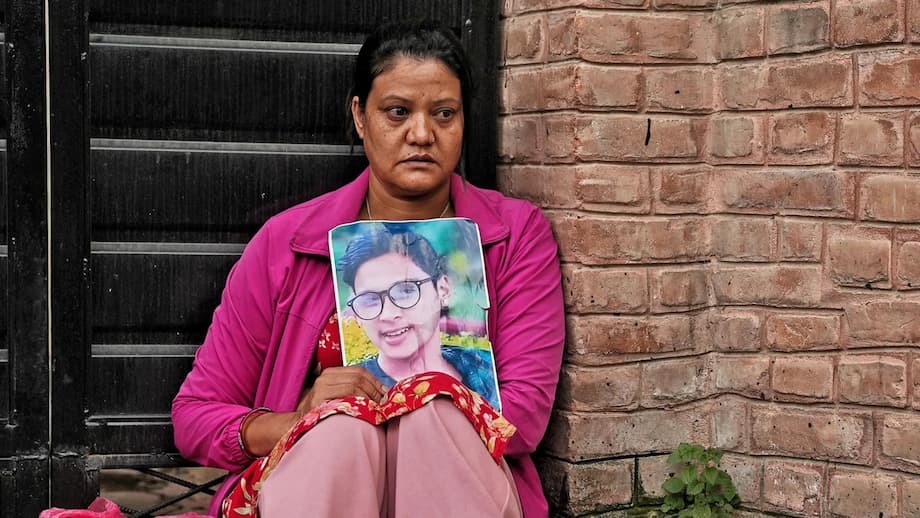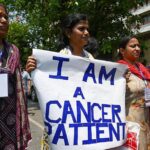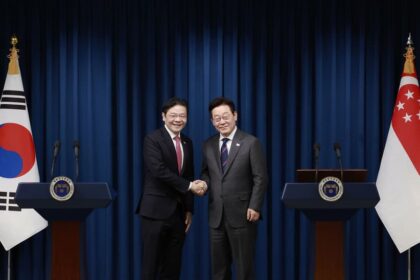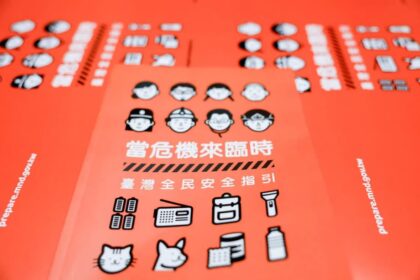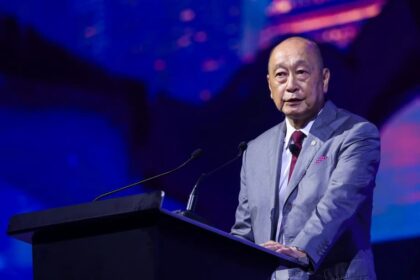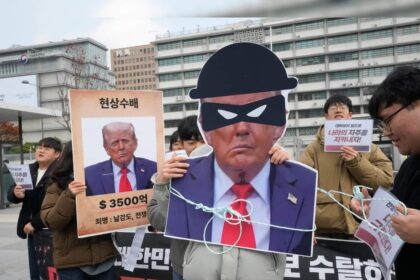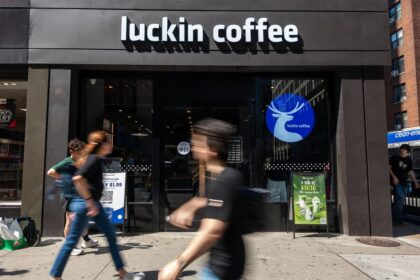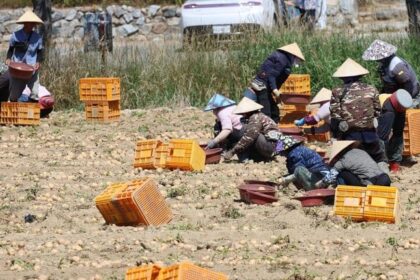A nation stunned by its deadliest unrest in decades
At least 72 people are dead and more than 2,100 injured after anti corruption protests in Nepal erupted into the worst violence the country has seen in many years. What began as youth led rallies against a short social media ban and entrenched graft turned into two days of arson, street clashes, and a sudden change at the top of government. Prime Minister K.P. Sharma Oli resigned as buildings burned across Kathmandu and other cities, and former chief justice Sushila Karki, 73, stepped in as interim leader with a pledge to hold new elections on March 5, 2026 and compensate grieving families.
- A nation stunned by its deadliest unrest in decades
- How a social media ban ignited years of anger
- Security forces under scrutiny
- Voices from families and the streets
- Leadership collapse and a historic new interim prime minister
- Inside the capital: curfews, patrols and a city in shock
- What accountability could require
- Why so many young Nepalis took to the streets
- Key Points
Outside the Tribhuvan University Teaching Hospital morgue in the capital, families lined up to identify young loved ones. Many of the dead were students and recent graduates, among them a 21 year old who once dreamed of becoming a judge, a hotel worker in Kathmandu, and a 19 year old French language student. Parents like Narendra Shrestha, who confirmed the death of his 21 year old son Sulov, want to know who gave the order to shoot. Hospitals reported waves of gunshot victims with wounds to the head and chest, and fire crews found bodies in torched offices and homes as the scale of the catastrophe came into view.
The social media ban that lit the fuse lasted barely two days, yet outrage long in the making blasted past that decision. Crowds torched parliament, the Supreme Court and parts of the Singha Durbar administrative complex. Residences of prominent politicians were attacked or set ablaze. Security forces used tear gas, water cannons and rubber bullets. Witnesses, medical staff and rights monitors say live rounds were also fired into crowds. The health ministry later confirmed that dozens died from gunshot wounds, while others perished in fires or during chaotic confrontations.
Interim Prime Minister Karki has promised a broad investigation into the two days of violence, free treatment for the injured, and a payment of 1 million rupees to the families of those killed. Nationwide curfews, airport closures and army patrols followed the worst clashes. While streets have grown quieter under military checkpoints, many Nepalis are still sweeping up soot and glass from government buildings and homes that were overrun during the surge.
The unrest carried an unmistakable generational stamp. Groups that describe themselves as Gen Z had called for a peaceful gathering near parliament after the government announced restrictions on 26 platforms including Instagram, Facebook and WhatsApp. They argue that the ban, framed by officials as a response to fraud, hate speech and misinformation, was an effort to silence a public that relies on social media for business, news and family ties across borders. Even after the ban was reversed, young protesters say a deeper anger with corruption and nepotism had already reached a breaking point.
How a social media ban ignited years of anger
For years, many young Nepalis have watched the children of senior politicians showcase glittering lifestyles online while jobs and incomes lagged at home. A wave of posts mocking so called nepo kids gathered steam over the summer, crystallizing frustration with what protesters call a culture of impunity. When the cabinet abruptly ordered a blackout of dozens of social platforms in early September, calling it necessary to police scams and hate speech, the move was seen by many as censorship that protected the powerful. Social media plays an outsize role in Nepal’s economy and society. Families are spread across continents, remittances equal about one third of gross domestic product, and young entrepreneurs use these platforms to reach customers. Cutting that lifeline struck a nerve.
From online outrage to street mobilization
On Monday (September 8), thousands, many in school or college uniforms, converged near parliament in Kathmandu. Organizers say their intention was peaceful protest. Tensions surged as groups broke past barricades, and police responded with tear gas, water cannons and rubber bullets. By nightfall, reports of live fire spread, and at least 19 people were dead, according to early figures. Anger intensified on Tuesday as more people defied curfews. Crowds set fire to parliament, parts of the Supreme Court and the Singha Durbar complex, and attacked the homes of senior political figures. Government offices in several provinces were also damaged. During the chaos, local officials reported prison breaks across the country, and five youths were killed when security forces fired on escapees from a juvenile facility in Banke district.
Security forces under scrutiny
Demands for accountability focus heavily on the conduct of the police and the chain of command. Video evidence from multiple locations shows officers aiming rifles at chest level as crowds scatter. Arms specialists who reviewed images from Kathmandu identified 7.62×51 millimeter ammunition associated with automatic rifles, far more lethal than the tools used in standard crowd control. Medical workers at several hospitals described entry and exit wounds consistent with live rounds. The health ministry says most fatalities were from gunfire.
At Bir Hospital near the parliament building, doctors treated more than 170 people on the first night, with several patients dying of their injuries and others left in critical condition. Staff said they initially saw rubber bullet injuries, then a growing number of patients with multiple gunshot wounds to the torso and head. Accounts from another major hospital described more than 450 emergency patients over two days. Those figures align with the nationwide tally of more than 2,100 injuries released after cleanup and recovery teams reached buildings that had been set ablaze.
Global rights bodies have urged an independent probe into whether security forces used excessive and unlawful force. The United Nations high commissioner for human rights, Volker Turk, called for accountability for deaths and for all reports of unnecessary and disproportionate force to be investigated, while reminding authorities that freedom of expression and peaceful assembly are protected under both Nepali law and international obligations.
‘We urge a prompt, impartial investigation into the deaths of protesters and all allegations of unnecessary and disproportionate use of force by security forces,’ said Volker Turk, the UN human rights chief.
The army, which was deployed to restore order, has framed its role as protecting citizens and public property while urging dialogue. Military commanders also warned they would punish looting and arson. Soldiers now man checkpoints and assist police with curfews in major cities.
In a televised address, the chief of the Nepal Army, Ashok Raj Sigdel, appealed directly to demonstrators to deescalate and talk.
‘To lead the country towards peace from the present adverse situation, we appeal to the protesters to suspend their protest and come for dialogue,’ Gen. Sigdel said.
Voices from families and the streets
The heaviest burden of the crisis rests with families who lost children in their late teens and early twenties. Outside hospital morgues in Kathmandu, parents waited hours to identify bodies. Narendra Shrestha, 45, had already found his 21 year old son, Sulov. He said expressions of regret from politicians feel hollow without answers about who ordered live fire.
‘Politicians will say sorry. Sorry does not make a dead son come alive again,’ said Narendra Shrestha.
Many of the injured are students and young workers who believed they were exercising basic rights. From a hospital bed, 22 year old Abishek Shrestha, shot in the leg, questioned the legality of the crackdown.
‘International law says they are not allowed to shoot. I blame the government, the police and the rules. Things must change,’ said Abishek Shrestha.
Groups that identify themselves as Gen Z organizers insist that their movement rejects vandalism. They say troublemakers infiltrated peaceful gatherings, taking advantage of chaos to loot and burn. A spokesperson for the Nepali Army, Rajaram Basnet, echoed concerns about opportunists.
‘We are mainly in the process of controlling elements who are taking advantage of the situation to loot, set fires and cause various incidents,’ said military spokesman Rajaram Basnet.
Leadership collapse and a historic new interim prime minister
The political fallout was swift. Prime Minister K.P. Sharma Oli stepped down after the first day of mass casualties, saying he wanted a constitutional solution to the crisis. Later in the week, President Ram Chandra Paudel dissolved parliament on the recommendation of a caretaker leadership. A broad set of youth activists advocated for Sushila Karki, a retired chief justice with a reputation for integrity, to guide an interim government. She was sworn in as Nepal’s first woman prime minister and tasked with steering the country to an election scheduled for March 5, 2026.
Karki built her public profile by challenging corruption in court, defending judicial independence and women’s rights, and resisting political pressure. Years ago she faced an impeachment motion after she overturned a politically favored choice for police chief, a rare stand that raised her stature among those who want merit over party patronage. Her first steps as interim leader centered on stability and clean governance.
Within days of taking office, Karki named three ministers with reputations for reform. Om Prakash Aryal, a human rights lawyer known for public interest litigation, became home minister. Rameshwar Prasad Khanal, a former finance secretary who championed fiscal transparency, took the finance portfolio. Kulman Ghising, credited with ending chronic power cuts when he ran the state utility, became energy minister. The trio joined Karki outside the fire damaged presidential office to take their oaths, a symbolic reminder of the repair work ahead.
Karki told senior officials that the state would help families of the dead and pay for the care of the injured, and that rebuilding must start immediately. She also reached out to the young people who propelled her to the premiership.
‘I will work according to the thinking of the Gen Z generation. They want the end of corruption, good governance and economic equality,’ Interim Prime Minister Sushila Karki said.
Inside the capital: curfews, patrols and a city in shock
On the streets of Kathmandu, an uneasy calm replaced two nights of chaos. Curfews limited movement, soldiers set up roadblocks and used loudspeakers to warn residents to avoid unnecessary travel. The main international airport reopened after a shutdown, but access remained tightly controlled as troops guarded terminals. The administrative heart of the capital, including the Singha Durbar complex, still bears heavy scars, with charred buildings, twisted vehicles and broken windows visible across several blocks. Smoke was seen rising from government compounds even as cleanup crews moved in.
Beyond the capital, unrest struck public buildings in Pokhara, Birgunj and towns across the southern plains. Regional government offices and courts were damaged or burned. Several embassies urged calm and respect for the rights of peaceful assembly and expression. Neighboring India tightened security on its side of the border while calling for restraint. Inside Nepal, police announced dozens of arrests related to arson and looting and said they recovered firearms stolen during the turmoil.
What accountability could require
The central unanswered question is who authorized the use of lethal force. Police leaders have promised an investigation into conduct during the protests. Independent monitors and legal experts say a credible inquiry would need to establish a clear timeline, examine command decisions, and match ballistic evidence with victims’ wounds and video records. Forensic analysis of cartridge casings, body camera footage where available, and radio logs can help identify when live ammunition was issued and by whom it was used.
International standards on crowd management make a bright distinction between non lethal and lethal means. Live fire is permitted only when there is an imminent threat to life. The large number of chest and head wounds reported by hospitals, and video showing officers firing into densely packed crowds, have intensified calls for an independent commission with subpoena powers and protection for witnesses. Rights groups also want a review of police training and equipment, and clear rules of engagement that meet legal standards during demonstrations.
Student organizers insist that they never called for vandalism or violence and have asked the security forces to distinguish between peaceful demonstrators and those who exploited the crisis. In a public statement, they emphasized the civic nature of their campaign.
‘Our movement was and remains non violent and rooted in the principles of peaceful civic engagement,’ the Gen Z organizers said in their statement.
Why so many young Nepalis took to the streets
Demographics and economics help explain the scale of mobilization. Nepal’s youth unemployment rate stood around one fifth last year. Millions of citizens work abroad, and remittances have become the bedrock of household finances. For those who stay, low wages, high living costs and slow job creation feed disillusionment. Repeated government changes and patronage politics have lowered trust in parties that dominate parliament. Social media became a forum to air these grievances, to share videos of alleged graft and to build networks. When access to that forum was cut, even briefly, anger turned to action.
The term Gen Z in Nepal covers teenagers through people in their late twenties. Many were children during the civil war and political transitions that followed, and came of age during an era of smartphones, online business and cross border migration. The current movement taps into civic pride as much as protest. In the days after the clashes, groups of students and young workers went out in masks with trash bags to clean streets and guard cultural sites, saying they wanted change without destroying heritage.
Key Points
- Health officials report at least 72 people killed and 2,113 injured after two days of violent unrest across Nepal.
- A short lived ban on 26 social media platforms triggered protests, which grew into a wider anti corruption movement.
- Parliament, the Supreme Court and the Singha Durbar complex sustained heavy arson damage, and politicians’ homes were attacked.
- Prime Minister K.P. Sharma Oli resigned, curfews were imposed, and the army deployed to restore order.
- Former chief justice Sushila Karki was sworn in as interim prime minister, with national elections set for March 5, 2026.
- The government says families of the dead will receive 1 million rupees and the injured will get free medical care.
- Evidence points to the use of live ammunition against protesters, prompting calls from the UN and rights groups for an independent investigation.
- Dozens of arrests were made over arson and looting, and stolen firearms were recovered by authorities.
- High youth unemployment and anger over corruption helped propel a mass Gen Z movement.
- Protest organizers say their campaign is peaceful and blame infiltrators for the destruction.


